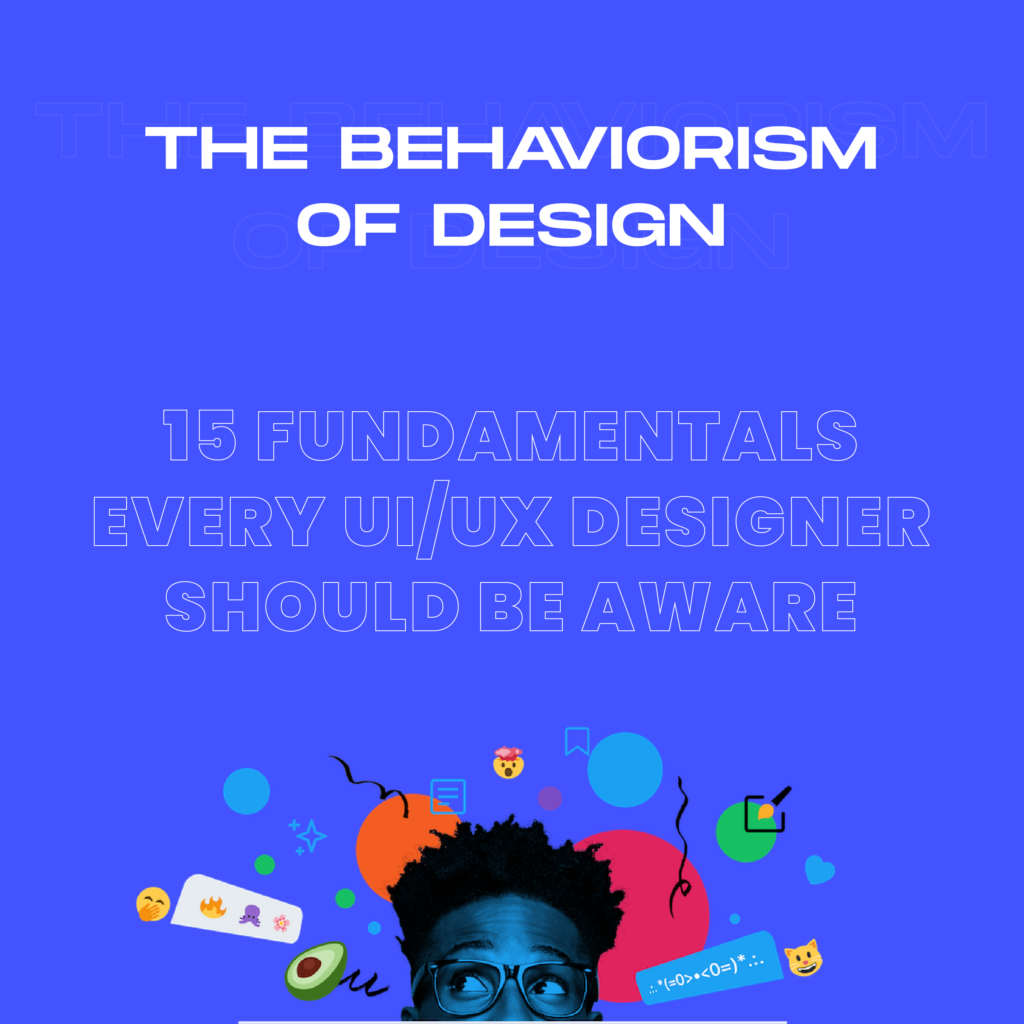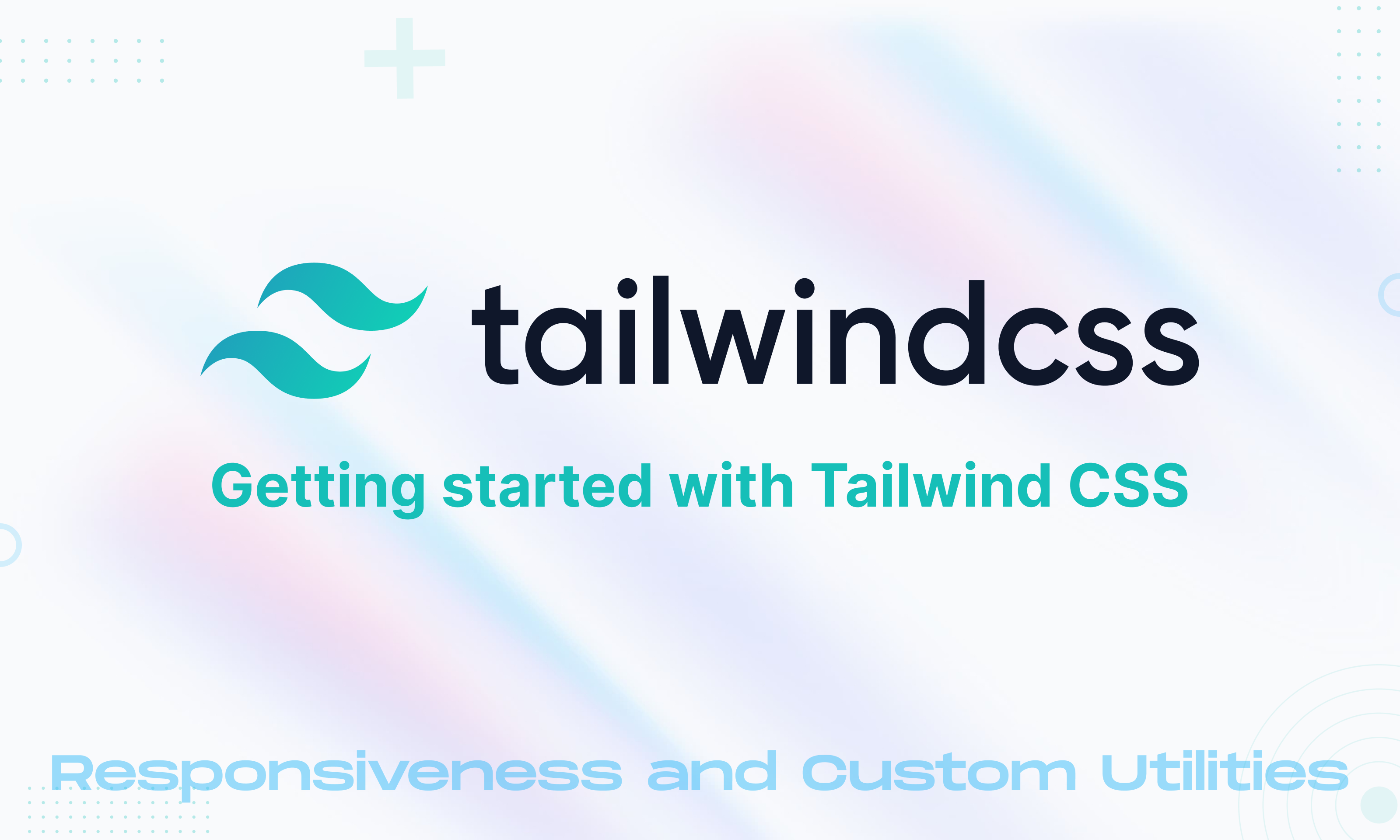The behaviorism of design: 15 fundamentals every UI/UX designer should be aware of
appstonelab

1. Hick’s Law:
Hick’s law is the most prevailing fundamental, along with the gestalt laws. It’s also very elementary to understand and practice.
2. Priming:
Priming is a basic fundamental of psychology with a huge impact on user interface design: acknowledgment of something makes a user more likely to think and express in related ways at later steps in the interaction.
3. Cognitive Load
The total analytic load, or portion of mental processing power required to use your site, impacts how effortlessly users discover content and finalize the tasks.

4. Progressive Disclosure
Progressive disclosure postpones the improved or hardly used features to a secondary screen, making applications smooth to master and less errant.
5. Aesthetic-reliability Effect
The effect of “aesthetics on reliability” was identified in 1995 by researchers masaaki kurosu and kaori kashimura of the hitachi design centre.
6. Social Evidence
Not so much a cognitive principle as it is a cognitive phenomenon, social proof or significance, suggests that people will imitate the conduct of the masses.
7. Curiosity Gap
It is the distinction between what users are aware of and what they need to know that might be the necessary momentum that cultivates them to fill the knowledge barrier.
8. Mental Models
Mental models aid us to make sense of certainty by initiating internal representations of the outside world, nevertheless of whether they are precise or not.
9. Miller’s Law
Miller’s law also pertained to as cognitive load theory, has to do with memory volume. The normal person can only keep 7 items in their operating memory.
10. Investment Loops
The brain has a peculiar system that keeps us always chasing rewards. Habit-forming products gather data about user conduct and alternatives with every sitting to sculpture an experience based on a loop of a means, action, bonus, and entrustment. In other words, greater prevalence converts to greater speculated utility.
11. Commitment & Consistency
Any relation with a product is seen as a hazard to users since it intuitively involves a negotiation. Keep your initial request at the lowest and boost the intricacy as your user advances through the conversion funnel. Remember, the smaller the dedication, the lower the hazard.

12. Provide Exit Points
A belated exit can damage the complete proficiency because it’s assumed as an unnecessary deviation from the user’s ultimate intent.
13. Peak-end Rule
Users determine the background by its range and how it ends. They don’t assess the standard or the sum of all micro-experiences. Peaks (highs or lows) and the end of the experience signify immensely on the brain.
14. Zeigarnik Effect
Well, I lately came across the zeigarnik effect while interpreting one of growth design’s case studies, and whilst the name was unique to me, the conduct undeniably wasn’t. A job in progress initiates a certain tension that can only be resolved upon completion. People remember halfway or discontinued tasks rather than complete ones. Missing information causes stress that makes partial tasks more attainable and easier to remember.
15. Storytelling Effect
Brands have detected the prospect of storytelling and are enhancing it to tempt potential customers. It’s our natural instinct to charge order and give meaning to our findings. Stories disclose specifics about characters, places, and events creating a considerate bond with our heroes. Expressive stories can make a splash that can activate strong reactions and deep memories.
Conclusion:
So, while creating a new UI/UX design, do remember the above principles in mind and your end product is going to be beautiful as well as user-friendly. Stay tuned for more related blogs coming all your way soon!!


